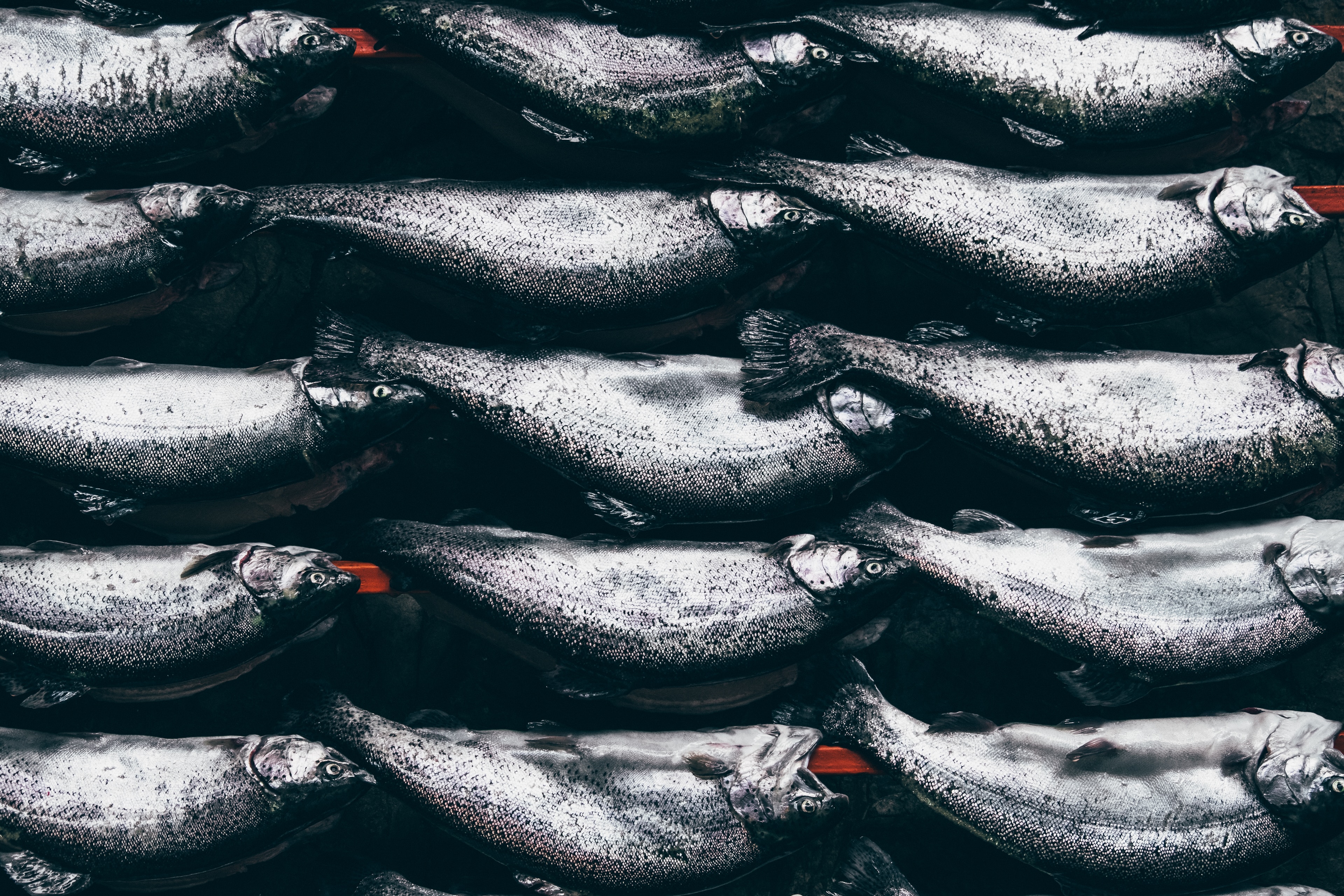8 Strategies Wholesale Seafood Distributors and Importers Should Use to Weather the Storms of the Seafood Supply Chain
As overfishing, environmental disruption, and new government regulations put increasing strain on the seafood supply. Wholesale seafood distributors and importers businesses need to make strategic investments to ensure they weather the volatility, while remaining competitive. This article showcases the top 8 strategies seafood business can invest in and debuts a consultative seafood financing partner that makes executing on these strategies much more fluid.

Overfishing, environmental disruption, and new government regulations are increasingly disrupting the seafood supply chain and are expected to drastically change the industry over the next decade. Businesses all along the seafood supply chain will need to make strategic investments to ensure they weather the volatility, while remaining competitive.
As businesses put these strategies into motion, leveraging seafood financing options such Silo’s perishable-forward capital programs make executing these strategies much more fluid.
Here are the top 8 strategies seafood businesses should focus on to protect themselves from market volatility:
- Diversify the product portfolio: By offering a wide range of seafood products, distributors can reduce their reliance on a single species or source. This diversification helps mitigate the impact of market fluctuations affecting specific fish stocks or regions.
- Establish strong supplier relationships: Building long-term relationships with reliable and sustainable seafood suppliers is crucial. Work with suppliers who prioritize responsible fishing practices and maintain transparent supply chains. Regular communication and collaboration can help address potential disruptions and ensure a stable supply of seafood.
- Emphasize traceability and sustainability: Consumers and regulatory authorities increasingly demand transparency in seafood supply chains. By prioritizing traceability and sustainability, distributors can differentiate themselves and meet market expectations. Adopting certification programs such as Marine Stewardship Council (MSC) or Aquaculture Stewardship Council (ASC) can enhance credibility and provide a competitive edge.
- Stay informed about regulations: Government regulations can significantly impact the seafood industry. Stay up-to-date with new regulations and adapt business practices accordingly. Engage with industry associations, attend relevant conferences or workshops, and maintain good communication with regulatory bodies to understand and comply with changing requirements.
- Build financial reserves and financing partnerships: Market volatility can disrupt cash flow and profitability. Establishing financial reserves or financing partnerships to provide a buffer during challenging periods. By having a safety net, distributors can better navigate unexpected disruptions and regulatory changes.
- Engage in market forecasting and analysis: Conduct market research and analysis to identify emerging trends, consumer preferences, and potential risks. Stay informed about scientific studies, environmental reports, and forecasts related to fisheries and aquaculture. This information can help distributors make informed business decisions and adapt to changing market conditions.
- Foster innovation and adaptability: Encourage innovation within the company to explore new opportunities and adapt to evolving market dynamics. This can involve exploring new sourcing regions, investing in sustainable aquaculture practices, adopting new technologies for storage and transportation, or developing value-added seafood products.
- Collaborate with industry stakeholders: Engage with other players in the seafood industry, including fishermen, processors, retailers, and industry associations. Collaborative efforts can help address common challenges, share knowledge, and advocate for sustainable practices. Together, stakeholders can work towards ensuring the long-term viability of the industry.
Over the next decade the small and medium sized businesses that stay afloat will be the ones that leverage these strategies and build strong financing partnerships with businesses that see their full potential. As Silo continues to break down doors to help businesses bridge the gap between uncertainty and preparation, they continue to build customer solutions that meet the unique challenges of the perishable food space.
Want to talk to Silo about your current challenge? Everyone gets something out of a consultation. We exist to help you thrive.
Want to book a demo with us?
Add your info and we’ll get one scheduled with you.